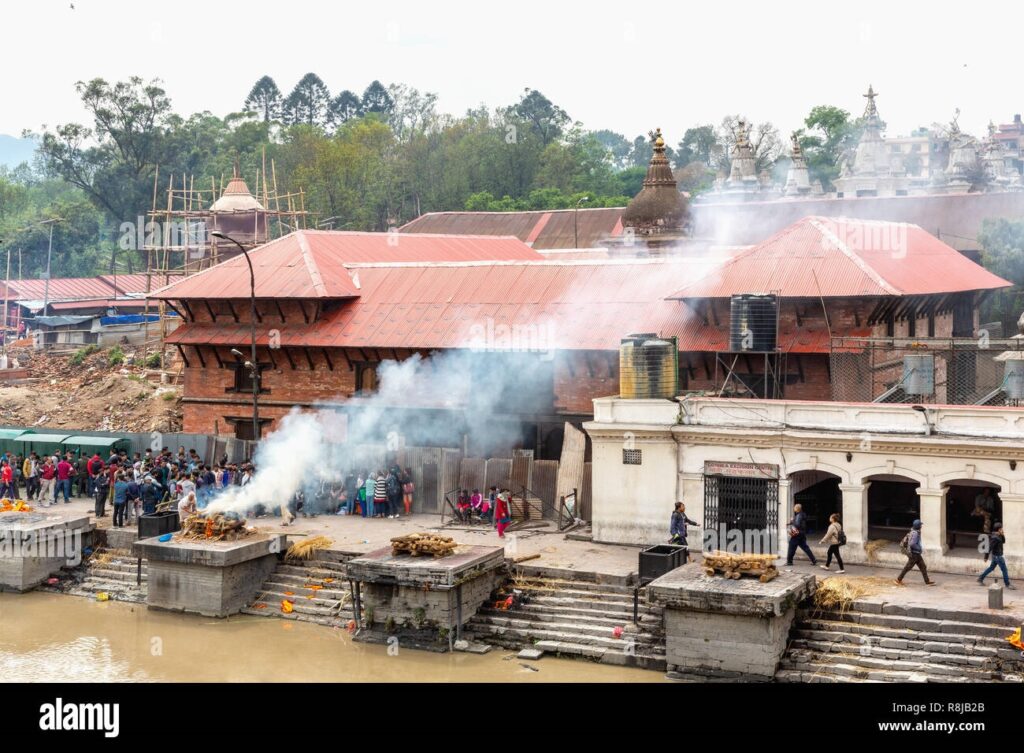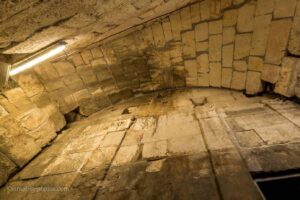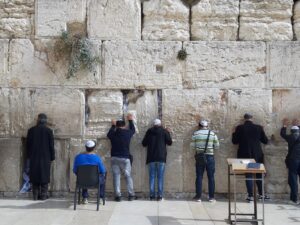Pashupatinath Cremation Ghat: Ritual Site in Kathmandu
Nestled on the banks of the sacred Bagmati River in Kathmandu, Nepal, the Pashupatinath Cremation Ghat is a place of profound spiritual significance. This revered site is part of the larger Pashupatinath Temple complex, a UNESCO World Heritage Site, and is one of the most important Hindu temples dedicated to Lord Shiva. The cremation ghat is not only a place of religious rituals but also a window into the rich cultural tapestry of Nepal.
What to See
The Pashupatinath Cremation Ghat offers a unique and deeply moving experience for visitors. As you approach the site, you’ll notice the temple’s stunning pagoda-style architecture, adorned with intricate wood carvings and golden spires. The temple complex is bustling with activity, with devotees performing rituals, sadhus (holy men) meditating, and the ever-present sound of temple bells and chants filling the air.
The main attraction, however, is the cremation ghat itself. Here, you can witness the traditional Hindu cremation process, which is an integral part of the cycle of life and death in Hindu culture. The bodies of the deceased are brought to the ghat, where they are placed on wooden pyres and cremated in the open air. The ashes are then scattered into the Bagmati River, which is believed to eventually flow into the sacred Ganges River in India.
While the sight of cremations may be unsettling for some, it is a deeply spiritual and respectful process that offers insight into the Hindu beliefs about life, death, and rebirth. Visitors are encouraged to observe quietly and respectfully, keeping in mind the solemnity of the rituals taking place.
A Bit of History and Interesting Facts
The Pashupatinath Temple complex has a history that dates back to at least the 5th century, although the current structure was built in the 17th century. It is one of the oldest and most revered temples in Nepal, attracting thousands of pilgrims from around the world each year. The temple is dedicated to Lord Pashupatinath, an incarnation of Lord Shiva, who is considered the guardian of animals and the protector of all living beings.
An interesting fact about the temple is that only Hindus are allowed to enter the main temple premises. However, non-Hindus can still explore the surrounding areas and observe the rituals from a distance. The temple complex is also home to a large number of monkeys, which are considered sacred and are often seen roaming freely around the area.
How to Get There and Tips for First-Time Visitors
Pashupatinath Temple is located about 5 kilometers east of Kathmandu’s city center, making it easily accessible by taxi or local bus. The journey from Tribhuvan International Airport takes around 15 minutes by car. If you’re staying in the Thamel area, a popular tourist hub, it’s a short 20-minute drive to the temple.
For first-time visitors, it’s important to dress modestly and respectfully, as the temple is a place of worship. Wearing long pants or skirts and covering your shoulders is recommended. Photography is allowed in most areas, but it’s best to ask for permission before taking pictures of people, especially during rituals.
The temple complex can get crowded, especially during major festivals like Maha Shivaratri, so plan your visit accordingly. Early mornings or late afternoons are generally quieter times to visit. Be prepared for a sensory overload, as the sights, sounds, and smells of the temple can be overwhelming but are an essential part of the experience.








